We Crossed 1.5 C. Did We Breach the Paris Agreement?
Legal Planet
FEBRUARY 14, 2024
degrees Fahrenheit) is a target to limit global-average heating that was adopted by nations in the 2015 Paris Agreement. The text of the agreement is actually a little loose. It says the Agreement aims to hold global-average heating “well below 2.0 Q: So, what happened with global temperatures in 2023?


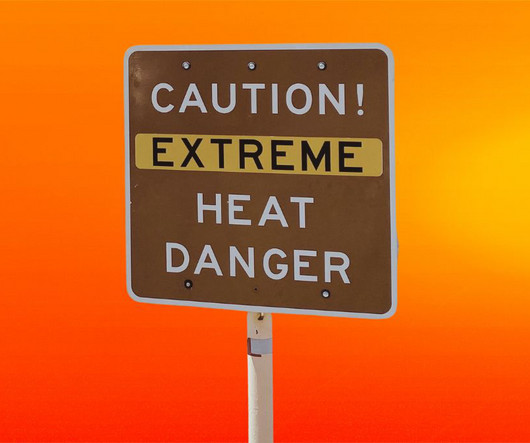
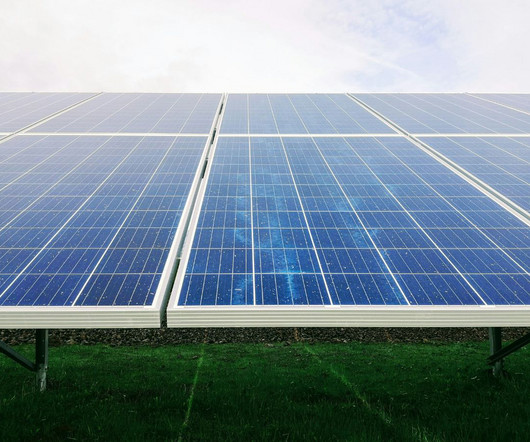

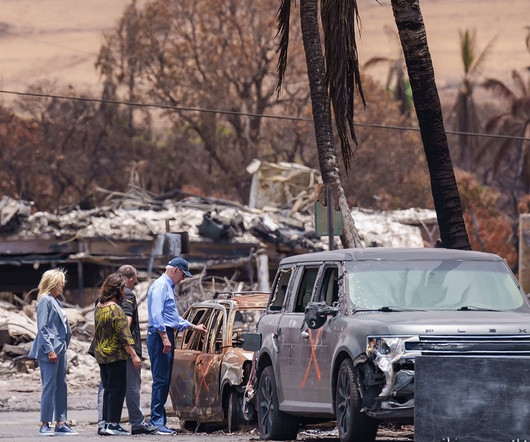
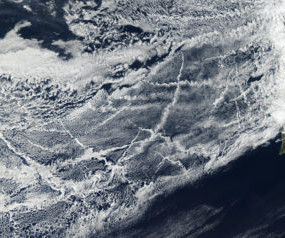
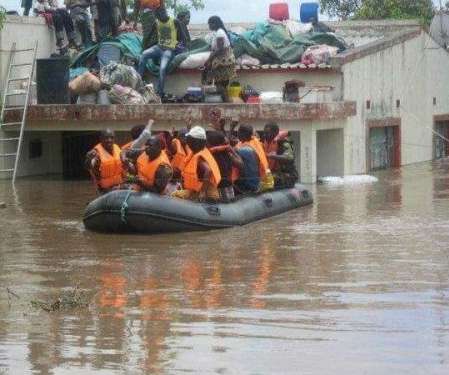









Let's personalize your content